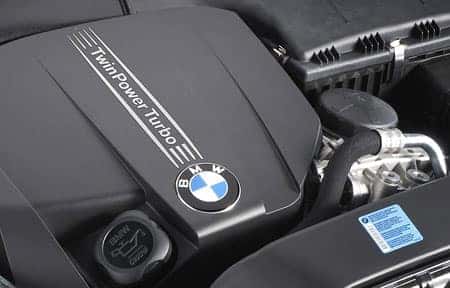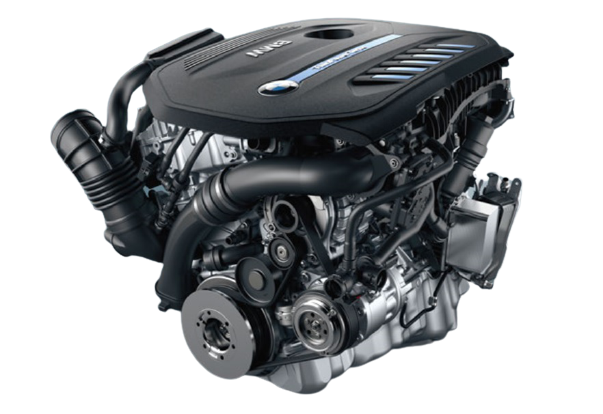Top 5 BMW Engine Technologies Revolutionizing the Automotive Industry
Discovering the Development of Burning Engines in Modern Transport Equipments
As we navigate the landscape of modern transport, the evolution of combustion engines stands as a testimony to human ingenuity and design prowess. The interplay of history, modern technology, and environmental issues in forming the trajectory of burning engines develops a narrative that is both informative and compelling.
Early Beginnings of Combustion Engines
Just how did the idea of combustion engines very first emerge in the beginning of transportation growth? The origins of burning engines can be mapped back to the 17th century when the principles of internal combustion were initial checked out. In 1673, Christian Huygens conceptualized a standard internal burning engine that utilized gunpowder to generate power. Nevertheless, it had not been up until the late 19th century that practical applications of combustion engines in transportation began to arise.
The breakthrough minute included the innovation of the very first successful gasoline-powered engine by Karl Benz in 1885 - bmw engine. This engine led the way for the growth of the modern auto, reinventing transportation systems worldwide. Succeeding innovations by Nikolaus Otto and Gottlieb Daimler additionally improved burning engine innovation, bring about the automation of automobiles and the quick growth of the transport sector
These early burning engines were defined by their simplicity and performance, laying the structure for the facility and effective engines used in contemporary transport systems. The evolution of burning engines has actually been instrumental in forming the way we travel and transport goods, noting a significant milestone in the history of transportation development.
Shift to Internal Combustion Modern Technology
The change to internal burning modern technology marked an essential shift in the evolution of transportation systems. This change started in the late 19th century, with creators like Nikolaus Otto and Gottlieb Daimler creating the very first effective internal burning engines. These engines revolutionized transport by providing a more effective and reliable choice to heavy steam engines and electric motors.
Among the essential benefits of internal burning engines was their capability to be reduced to fit into lorries, resulting in the advancement of automobiles and motorcycles. This change from bulky, stationary engines to small, mobile ones paved the means for the modern-day transport systems we see today.
The transition to inner burning modern technology also spurred improvements in fuel innovation, leading to the development of fuel and diesel as key gas sources for automobiles. This shift not only made transport extra accessible to the masses however additionally laid the foundation for the oil and gas market to come to be indispensable to global economies.
Effect of Combustion Engines on Transport
The fostering of burning engines in transport systems catalyzed a profound shift in the efficiency and rate of worldwide flexibility. Combustion engines changed transportation by giving a versatile and dependable resource of power for various automobiles, including cars and trucks, trucks, planes, and ships. This technology significantly improved the capability for people and products to move over fars away in much shorter amount of time, resulting in raised connection between regions and nations.
Additionally, the widespread use of burning engines has had a significant effect on economic advancement. The capacity to carry items efficiently has actually stimulated trade and commerce, enabling businesses to broaden their markets and get to consumers worldwide. This has actually facilitated economic growth and globalization, as items can currently be transported quicker and in larger amounts than ever.
Nonetheless, the environmental influence of combustion engines can not be forgotten. The combustion of nonrenewable fuel sources has actually brought about air pollution and greenhouse gas go to my site exhausts, adding to environment modification and posing health threats to populaces. bmw engine. Because of this, there is an expanding focus on establishing different propulsion technologies to reduce these negative impacts and create a much more lasting future for transportation
Advancements in Burning Engine Layout
Many advancements in burning engine style have actually propelled the development of transportation systems over the years. One significant development is the development of turbocharged engines, which make use of exhaust gases to drive a wind turbine that presses incoming air, permitting even more gas to be scorched, leading to increased power result without a significant boost in engine size. Furthermore, straight injection modern technology has actually improved gas performance and efficiency by specifically regulating the amount and timing of fuel injected into the combustion chamber. Variable valve timing systems have actually likewise revolutionized engine style by enhancing air flow at various engine rates, boosting both power and performance. An additional considerable development is the combination of lightweight materials such as carbon fiber and light weight aluminum alloys, minimizing total engine weight and improving car gas economic climate. Furthermore, improvements in computer-aided style have actually made it possible for engineers to enhance engine efficiency and effectiveness with simulations before physical models are developed, saving time and resources in the development process. These advancements collectively contribute to the continuous enhancement of combustion engines in modern-day transport systems.
Future Trends in Combustion Engine Development
With technology developments driving continual development, the future of burning engine growth is poised to reinvent transportation systems internationally. One of the vital fads in burning engine development is the push towards better performance and decreased discharges.
An additional noticeable pattern is the fostering of hybrid technologies in burning engines. Hybrid engines combine standard combustion innovation with electric power, offering boosted gas efficiency and reduced exhausts. As the automobile sector shifts towards electrification, crossbreed combustion engines are viewed as a transitional option that bridges the space in between traditional vehicles and totally electric ones.
In addition, the assimilation of smart modern technologies, such as fabricated intelligence and data analytics, is anticipated to play a substantial function in the future of combustion engine growth. These innovations can maximize engine performance in real-time, causing more effective burning processes and boosted general automobile efficiency. navigate here Embracing these future patterns will certainly not just drive advancement in combustion engine advancement however likewise contribute to a much more environmentally friendly and lasting transport ecological community.

Final Thought
In final thought, the evolution of burning engines in modern-day transport systems has been marked by substantial innovations in modern technology and style. From the early starts of burning engines to the shift to internal burning innovation, these engines have had an extensive influence on transportation.
The roots of burning engines can be mapped back check my source to the 17th century when the principles of inner burning were first discovered. These engines changed transport by providing a more effective and effective alternative to vapor engines and electric motors.
